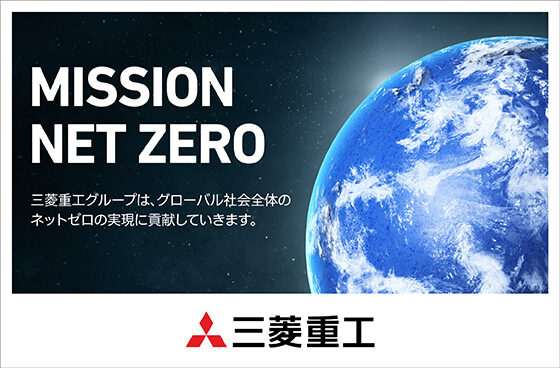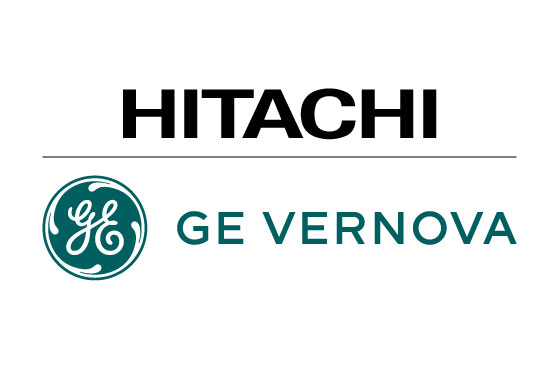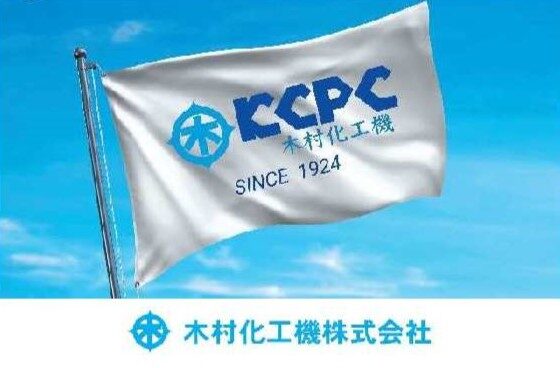Speculation Substituted for Fact
“The Fukushima accident revealed a hunger for information about the accident by numerous regulators and other institutions. Unfortunately, much of the information of interest was simply not available, with the result that at times speculation substituted for fact.”
International Nuclear Safety Group (“INSAG”) July 26, 2011 letter to IAEA Director General Yukiya Amano.
Ten years ago, the events at Fukushima Daiichi played out before a global audience. So too did the failures of the Japanese government and the nuclear industry to communicate effectively to their public and the global community.
Many international organizations were involved in assessing and reporting upon the unfolding events at Fukushima. We had a stake in the outcome, and we needed to provide decision makers, stakeholders, and constituents with information. But we also contributed to the confusion and distrust that followed.
As engineers, scientists, environmental specialists, and policy makers we had exactly the right tools to analyze the events and consequence of actions being taken. However, our ability to inform was often hampered by having too much data and we often failed to provide our audience the context needed to understand what was occurring. Providing tutorials on radiation and nuclear energy are not what is needed during a crisis. But there was something else occurring that most of us had never encountered: an overwhelming volume of misinformation and speculation from multiple sources, created in part by the vacuum caused by our inability to effectively communicate. This eroded confidence in the government organizations needed to address and control this crisis.
This was the background that brought the executive committee of the American Nuclear Society (ANS) to commission a special study on the Fukushima accident.1 I served as the study director and we issued our report on the first anniversary of the accident. In this article I reflect on the content of that report and what we have learned over the years.
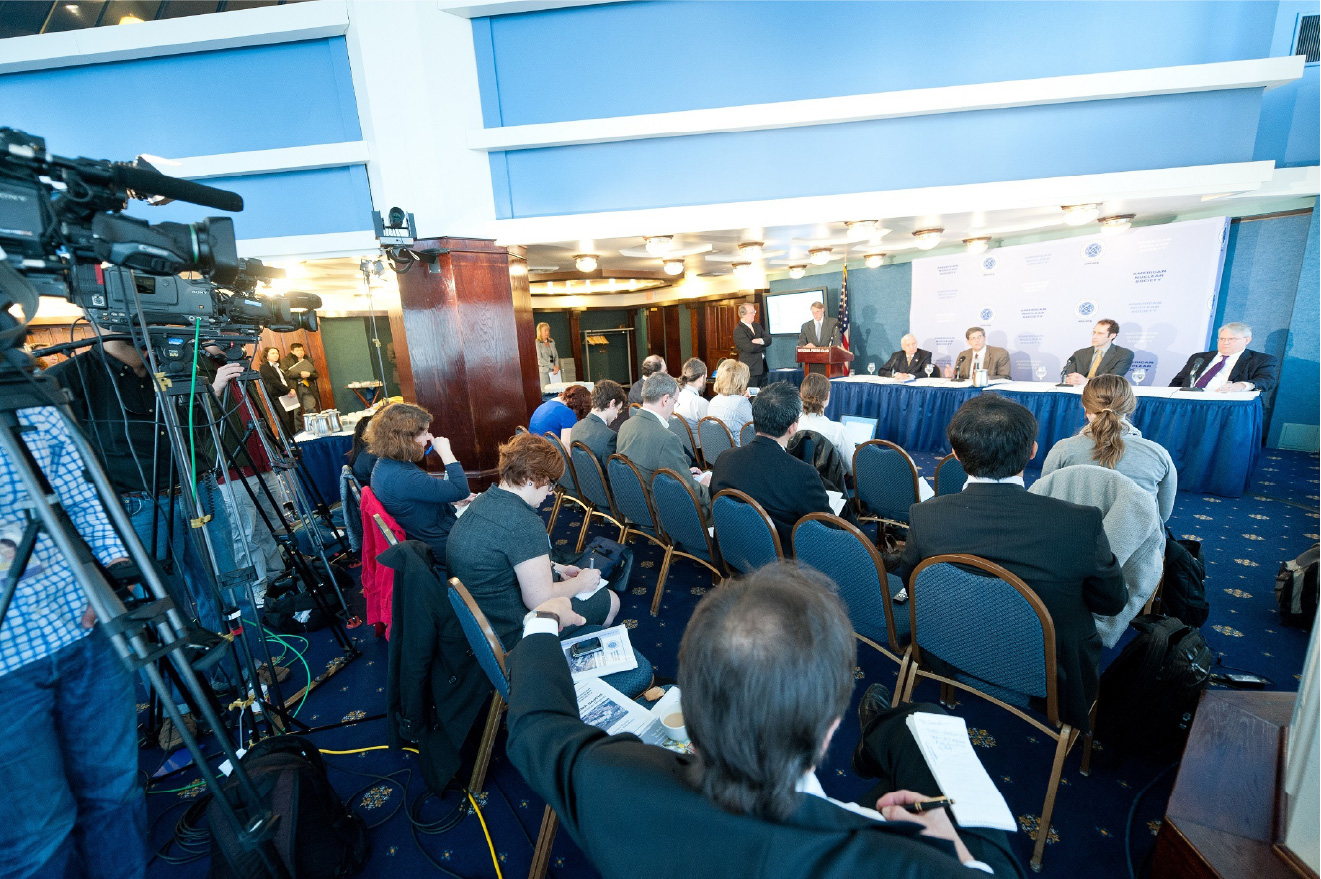
Failure to Communicate
We know today that the failure to effectively communicate greatly exacerbated the crisis at Fukushima. This caused tremendous damage not only the reputation of the Japanese government and nuclear industry, but real harm and death to the Japanese people who needlessly evacuated the area surrounding the crippled reactors. The legacy of that communications failure remains today and hampers decommissioning operations at the Fukushima site. There is no more glaring example that the disposal of treated water currently stored at the Fukushima site.
Fukushima Daiichi was the first major industrial accident of global significance to occur in real-time, on the internet, and major social media platforms. TEPCO, and perhaps the entirety of the global nuclear community, was not prepared address crisis communication at this level. In an ideal situation, at the onset of TEPCO declaring an emergency at their Fukushima Daiichi site, the Japanese government would have been able to clearly understand and act to address the consequences of a Station Blackout event. They would communicate the risks associated with a potential core meltdown and conduct orderly evacuations or directives to shelter in place. They would provide public reassurance about their on-going efforts to manage a crisis during a massive natural disaster. They would be prepared to provide information to the public and the international community. All of this would have been done with timely information provided by recognized authorities in a coordinated fashion.
Of course, none of this happened and it is unrealistic to assume this was even possible, but why?
Ten years later we do understand this was a complex story of mismanagement, cultural bias, and sometimes simple errors in translation. There is little doubt that the Japanese government and TEPCO grossly underestimated of the voracious and demanding need for immediate information by the media and international community. We also know that this demand for information was a distraction at a time when exhausted managers and operations personnel struggled to bring these crippled reactors into safe shutdown while dealing with the regional devastation that impacted their families.
Every attempt by the government and TEPCO to provide information created a swarm of additional questions that could not be answered. In frustration, the media turned to other sources for commentary and opinion, often leading to misinformation and speculation. Many of these commentors had little understanding of nuclear operations or radiation protection, but they offered their opinions as scientific facts. This was enormously frustrating to ANS members who barraged the headquarters and ANS website with demands the Society counteract the flow of misinformation.
Fukushima moved from a news event to a media circus. Dan Yurman, a member of our subcommittee on risk communication commented, “Following the news to see if a reactor blows-up is more important to the media companies than the facts of a complex nuclear accident. Remember, TV only works, and makes a profit, if advertisers stay with the story. Shock sells.” The global fascination with the ongoing crisis at Fukushima became an opportunity for the media to increase advertising revenues and any effort to manage the flow information was soon lost. This was not understood or appreciated at the time and remains a problem today.
There were examples of effective communications programs during this crisis. In my opinion, one of the best was conducted by the Nuclear Energy Institute (NEI), a trade association whose members include all U.S. nuclear utilities and major technology vendors. As soon as the news of the damage at Fukushima Daiichi was known, NEI launched a crisis communication program designed to provide timely assessments to the media and reassure government officials about the safety of nuclear power in general and specifically the U.S. reactor fleet. Their efforts were not focused on the public, but upon those whom the public expects to provide them with timely information and leadership; a lesson learned from the US experience at Three Mile Island.
NEI also continually addressed uncertainty and lack of clarity surrounding events. Every media briefing began with “This is what we know right now, but it may change, and if it does, we will inform you.” Transparency of process and identification of uncertainty builds credibility. The media and public understand that in an evolving crisis there are many unanswered questions. The NEI approach specifically directed the media to the areas where there was insufficient information to assess what was occurring. They did not avoid the uncertainties but instead provided experts who could speak to these issues and uncertainties. If was an effective way of limiting misinformation.
Roots of communication failure
“We have declared a nuclear emergency. Let me repeat that there is no radiation leak, nor will there be a leak.”
Yukio Edano, chief Cabinet Secretary at 7:45 p.m on March 11, 2011.
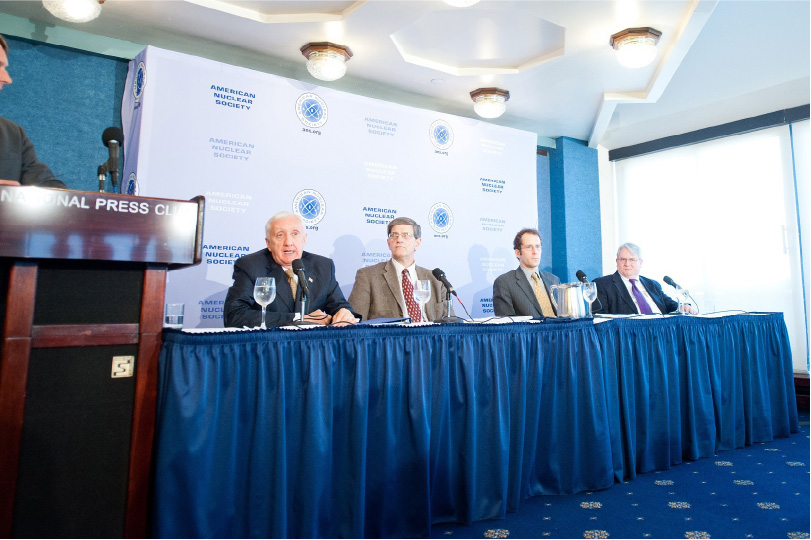
Communication and Misinformation
Poor communication engenders mistrust and anger and intensifies fear and stress, the effects of which can be long term. Ten years ago, we recognized that failure to communicate risk effectively would inevitably lead to the misinformation that spread like a pandemic. But the roots of misinformation can sometimes be cultural.
As the global community assessed the events at Fukushima, one fact stood out which we did not appreciate. For many years the Japanese government and nuclear utilities avoided discussions of risk. The Japanese public expected and received assurances of complete safety and there was significant effort put into placing redundant systems to meet address additional safety assurances. But there are always the “unknown-unknowns” and no system is perfect or risk free.
We know that during the crisis responding to misinformation and speculation overwhelmed managers, distracting them from issues of real significance. Misinformation can arise from many sources, some due to ignorance, particularly with regards to technical information. Misinformation can also derive from a simple mistake in translation or presentation, or a cultural issue not transparent to outsiders. We also saw that individuals and organizations used the Fukushimia crisis—and media attention—to advance their views with spurious and shocking information to attract attention and garner financial support.
All of this points to the simple fact that unless the public and political leadership trust the organizations, both government and non-government, charged with ensuring public safety then there is no way to effectively manage communication during a crisis.
The Tanks at Fukushima
The failure to communicate effectively can be seen in over 1,000 tanks of stored water at the Fukushima Daiichi site. The tanks are monuments to failing to gain public trust early in the crisis and a constant reminder of the hard road ahead. Transparency is key to regaining public trust. When addressing the treated water at Fukushima, the Japanese government has not always been fully transparent. They have been very open in providing data and detailed information about accumulation and treatment, but only recently have they outlined the practical options available for removing the water from the site.
There are about 1.2 million cubic meters of stored water at containing approximately 860 TBq of tritium. This seems like a large amount radioactivity but the US discharges almost double that amount from our nuclear reactor fleet every year.2 South Korea with 24 reactors including 6 heavy water reactors, annually discharges an amount equal to about 40% of the stored tritium at Fukushima.3 The simple fact is all nuclear power plants safely discharge dilute quantities of tritiated waste and waters and do so under the supervision of their regulatory authority.
For all the years the reactors at Fukushima Daiichi operated, they safely discharged tritium to the air and sea. Releasing this treated water into the sea remains the most practical, safe, and environmentally sound method of disposal. Every major international organization involved in nuclear safety and health has recommended the treated water be discharged to the sea, yet there is no trust and no action.
The Japanese Nuclear Regulatory Authority (NRA) is recognized internationally as a strong independent and technically competent nuclear safety authority. It will be NRA’s responsibility to monitor TEPCO’s treated water discharges, ensure they comply with regulations and procedures and provide public transparency in all operations. However, until there is public trust in the NRA, it will be difficult to move forward on any of these controversial decisions.
- 2
- “Frequently Asked Questions About Liquid Radioactive Releases,” U.S. Nuclear Regulatory Commission
- 3
- T. Y. Kong et al., “Radioactive Effluents Released from Korean Nuclear Power Plants and the Resulting Radiation Doses to Members of the Public,” Nucl. Eng. Technol., Vol. 49, Issue 8, p. 1772 (December 2017)
Leadership in Crisis
We should commemorate the passing of a great man both in US politics and the history of nuclear energy. On December 31, 2020 former Pennsylvania Governor Richard L. “Dick” Thornburgh died at age 88. He served as the Governor during the time of the Three Mile Island (TMI) accident and the crisis that followed. He was a hero to many of us in the nuclear field.
During a crisis, the public does not expect its national leaders to supervise recovery operations but to ensure that those who will do the work of rescue and recovery are given every resource in a timely manner. Sending this message is fundamental part of crisis communication.
It was my honor to meet Gov. Thornburg on several occasions. Our last meeting was in 2012 in Vienna, Austria at the International Atomic Energy Agency (IAEA) at a meeting on the Fukushima accident. We both presented papers at an IAEA experts conference in on communication during a nuclear emergency. We were both at TMI during the summer of 1979—he was the Governor; I was a junior nuclear scientist chasing iodine leaks from the crippled reactor.
While generations apart, Three Mile Island remained a key event in the history of nuclear energy and our careers. I had a small role participating in recovery operations, but Dick Thornburg was a giant. In a time of crisis, he did what a leader is supposed to do– tell people that there will be transparency and accountability and that they needed to trust their government. He was a politician who made decisions based on science and trust in the government agencies responsible for protecting people and the environment.
- TMI
- The crisis at TMI began on a Wednesday morning March 28, 1979. By Sunday, April 2, 1979, only four days later, the public perceptions had shifted, the crisis was largely over. The raging technical debate over hydrogen gas explosions had spilled out into the press. Many were calling for a general evacuation of area fearing a massive release of radioactivity.
What happened to change this public debate that threatened overwhelm media and a terrified public? On that Sunday, President Jimmy Carter, and his wife along with Pennsylvania Governor Dick Thornburgh rode a common yellow school bus to the damaged plant accompanied by national media. The images of the President of the United States and Governor of Pennsylvania touring the plant had a calming effect. Public hysteria and media speculation lessened. The message was simple—there existed public transparency and clear lines of authority accountable to the President and the Governor. Federal and state authorities, experts in radiation and nuclear power were there to ensure public safety.
Timely guidance, confidence in leadership, and open, transparent communication techniques are needed during a time of crisis—all were in short supply early the crisis at Fukushima.
Closing Thoughts
Gov. Dick Thornburgh knew little about nuclear power or radiation on the morning on March 11, 1979 but he understood how governments works. He understood that in the US our safety authority, the Nuclear Regulatory Commission (NRC) expects and requires utility operators to be at the forefront of any response to an emergency. The role of the NRC is not to supervise but to coordinate the federal response and to always ensure that the utility could implement adequate protective measures. It was the NRC and the state nuclear and radiation safety offices that Thornburgh turned to for advice. He understood the mission of these organization was to protect and it became his mission to provide public assurance.4。
To move forward in the decommissioning of Fukushima Daiichi and nuclear energy, Japan must rebuild trust in the organizations responsible of assuring public and environmental safety. Much has been done already but much remains. The restructuring of the Japanese safety authority was a significant and necessary step. The creation of the Nuclear Damage Compensation and Decommissioning Facilitation Corporation (NDF) was another.
Creating new organizations does not create public trust. Rather political and social leaders must invest the time to understand the functions and limitations of the agencies and institutions responsible ensuring public and environmental safety. They must recognize that uncertainty will always exist and understand what measures are available to mitigate risks. Most importantly, they must have trust in these organization, both in their mission and their leadership to perform their duties.
This has become even more important as nations fight to contain and control the CORONA-19 pandemic.
- 4
- The 2012 ANS Committee Report on Fukushima was very critical of the actions taken by Prime Minister Naoto Kan in managing the crisis. After ten years of extensive reporting and a much broader understanding of events, we find no reason to change our opinion.
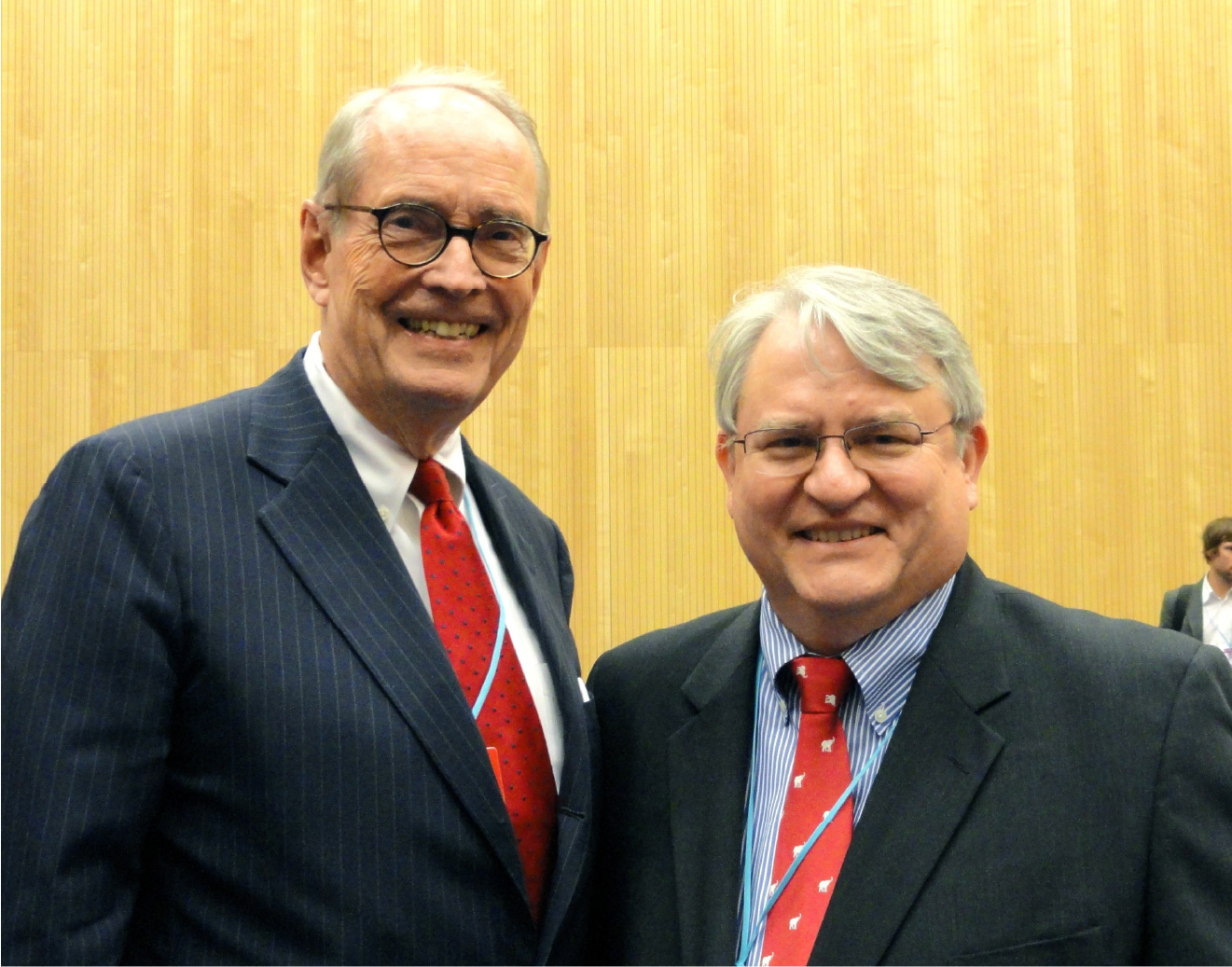
June 19, 2012 at the IAEA, Richard Thornburgh and Paul Dickman


